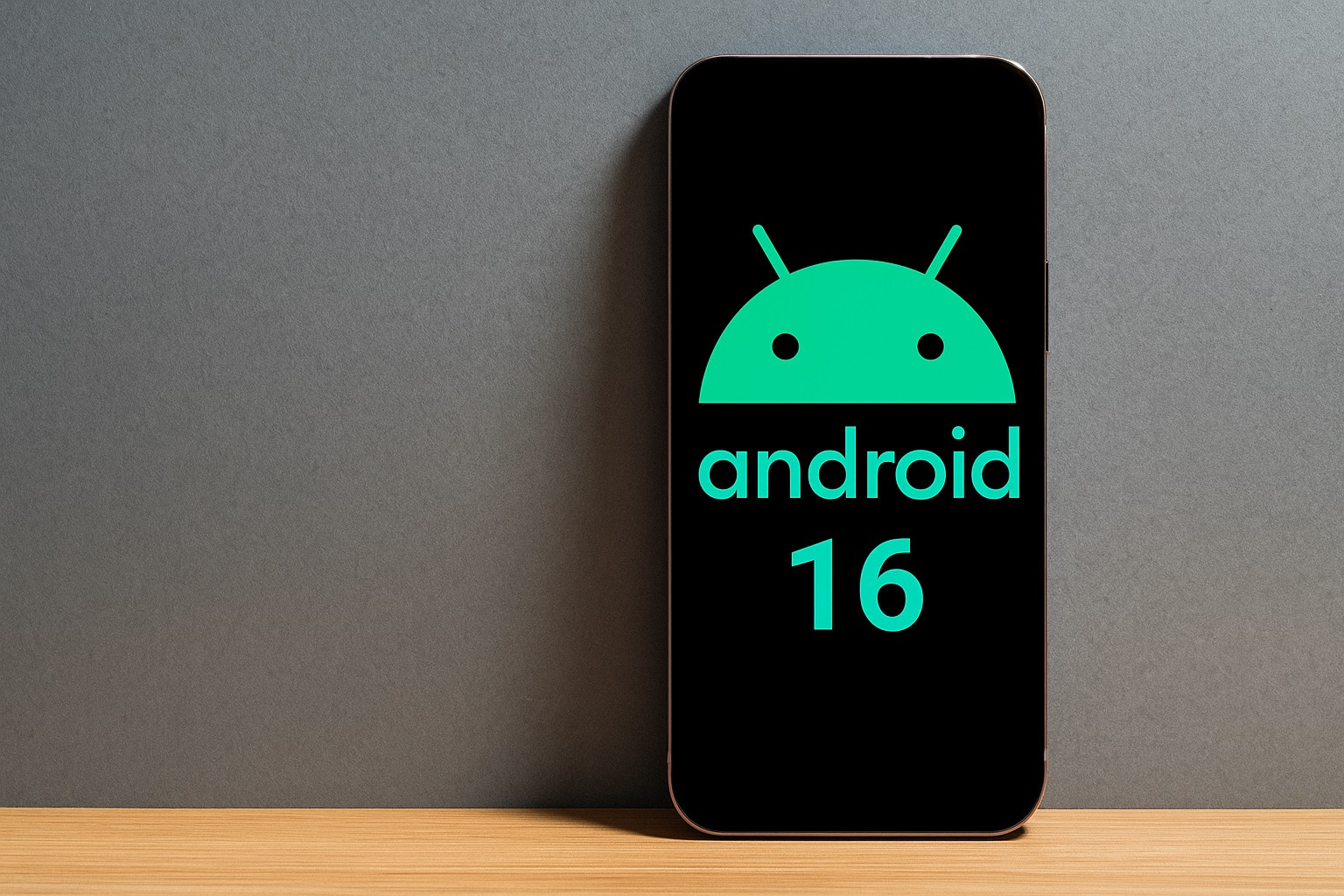- Google выложила исходный код Android 16 QPR1 в Android Open Source Project в ветке
android16-qpr1-release. [1] - Публикация произошла примерно через два месяца после того, как QPR1 начал поступать на устройства Pixel, что стало необычно долгим ожиданием и вызвало недовольство у проектов кастомных прошивок. [2]
- Код подтверждает ключевые новшества QPR1, такие как Material 3 Expressive и продолжающуюся работу над Desktop Mode — теперь полностью доступную для изучения разработчиками. [3]
- Публикация почти совпала по времени с ноябрьским Pixel Feature Drop 2025 года, что, возможно, объясняет задержку. [4]
Что произошло сегодня
Google опубликовала полный исходный код Android 16 QPR1 в AOSP. Вы можете увидеть официальное изменение manifest — «Update default revision to android16-qpr1-release» — в репозитории platform/manifest, а обновленный default.xml теперь указывает на эту ветку для android-latest-release. [5]
Публикация совпала с многочисленными сообщениями в Android-прессе и сообществе разработчиков о том, что код QPR1 наконец стал публичным после недельного перерыва. [6]
Почему это важно
Прозрачность и сравнение изменений: С открытием исходников команды могут сравнивать frameworks/base, SystemUI, WindowManager и Shell, чтобы увидеть все изменения в поведении с момента выхода Android 16 GA и релиза QPR1. Это важно для поиска регрессий, устранения проблем совместимости приложений и проверки интеграций OEM. [7]
Кастомные прошивки: Крупные проекты, такие как LineageOS, намеренно не выпускали сборки с пометкой QPR1, потому что не все компоненты были доступны. Сегодняшняя публикация снимает это ограничение и должна ускорить появление тестовых сборок для популярных устройств. [8]
Проверка функций: Источник подтверждает визуальное обновление в рамках Material 3 Expressive и продолжающуюся работу над Desktop Mode, которая появлялась на протяжении всех бета-версий QPR1 — теперь полностью доступна для аудита. [9]
Задержка — что изменилось в этом цикле?
Ранее Google публиковала новые ветки Android в AOSP в течение нескольких дней после стабильного релиза. В случае с Android 16 QPR1 код появился примерно через два месяца после того, как обновление получили устройства Pixel — это стало исключением, из-за которого мейнтейнеры ждали. [10]
Вчера вышел ноябрьский Pixel Feature Drop 2025 года с новыми функциями на базе ИИ; исходный код QPR1 появился сразу после этого. Такая последовательность породила обоснованные догадки, что Google хотела избежать утечки сведений о невыпущенных Feature Drop в публичные репозитории. Google официально не предоставила технических объяснений, но по времени всё сходится. [11]
Что на самом деле в Android 16 QPR1
- Material 3 Expressive UI: Более масштабное визуальное обновление, охватывающее Быстрые настройки, уведомления и элементы экрана блокировки, теперь доступно для изучения вплоть до ресурсов и флагов. [12]
- Прогресс Desktop Mode: Более надёжная основа для работы с несколькими окнами/экранами, которую производители и разработчики прошивок могут изучить в WindowManager/Shell для доработки поведения свободных окон и панели задач. [13]
- Полировка экосистемы: Множество внутренних исправлений, типичных для QPR, которые не повышают публичный уровень SDK, но затрагивают сервисы, политику SELinux, правила Soong и версии APEX — теперь можно отследить каждый коммит. [14]
Как синхронизировать Android 16 QPR1 из AOSP
Теперь Google рекомендует отслеживать android-latest-release, который указывает на последнюю ветку релиза — на сегодня это android16-qpr1-release. [15]
References
1. android.googlesource.com, 2. www.androidauthority.com, 3. www.androidauthority.com, 4. blog.google, 5. android.googlesource.com, 6. www.androidauthority.com, 7. www.androidauthority.com, 8. www.androidcentral.com, 9. www.theverge.com, 10. www.androidauthority.com, 11. blog.google, 12. www.theverge.com, 13. www.androidauthority.com, 14. www.androidauthority.com, 15. source.android.com
